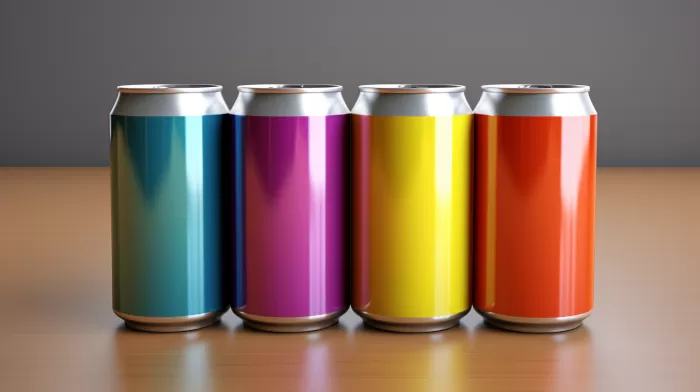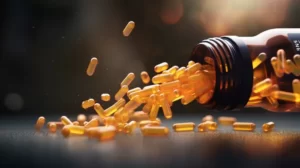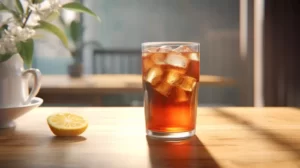If you enjoyed a soft drink today, you most likely consumed a dose of the carcinogenic chemical 4-methylimidazole (4-Mel). Unfortunately, it may not be obvious as the substance is often concealed in the ingredients list under the names “caramel coloring” or “artificial coloring.”
4-Mel is considered a probable carcinogen by the World Health Organization and the State of California, where limitations on the chemical are in place. Beverages that may expose you to more than 29 micrograms of 4-Mel in California should carry the warning: “This product contains a chemical known to the State of California to cause cancer.” However, a discrepancy in enforcement has led to many products not featuring the necessary label.
The Danger in Our Drinks
An analysis of soft drinks by Consumer Reports revealed that a 12-ounce serving of Pepsi One or Malta Goya contains a higher-than-allowed level of 4-Mel, but neither product bears the warning label. This discrepancy is a cause for concern, especially considering the widespread consumption of these types of beverages.
“There is no reason why consumers need to be exposed to this avoidable and unnecessary risk that can stem from coloring food and beverages brown,” says Dr. Urvashi Rangan, a toxicologist and executive director of the Consumer Reports Food Safety and Sustainability Center.
To protect yourself from ingesting 4-Mel, avoid consuming soft drinks that have caramel coloring or artificial coloring included on their ingredients list.
The Origins of Caramel Coloring
The caramel coloring found in many food products is not made from heating sugar, as one might assume. Instead, it is made by reacting sugars with ammonia and sulfites, creating potential carcinogens like 4-Mel. Manufacturers use this coloring agent to provide that appealing brown hue in products such as colas, beers, soy sauce, and even chocolate.
Adding to the risk is the fact that there are no federal standards in place for limiting the amount of 4-Mel in foods, and the Food and Drug Administration (FDA) has yet to set a safe exposure level for the chemical. In response to concerns about the presence of 4-Mel in food and beverages, the FDA did offer reassurance, stating that consumers would need to drink over 1000 cans of soda per day to reach doses of 4-Mel that have been shown to cause cancer in laboratory studies.
However, it’s crucial to note that no extensive research has been conducted on potential long-term effects of lower levels of 4-Mel exposure.
Identifying the High-Risk Beverages
To avoid potentially ingesting unsafe levels of 4-Mel, it’s necessary to determine which products contain the caramel and artificial colorings that pose a risk.
According to the Center for Science in the Public Interest, the following popular beverages contain caramel color:
- Coca-Cola
- Pepsi
- Diet Coke
- Diet Pepsi
- Dr Pepper
- A&W Root Beer
On the other hand, some companies have opted to remove caramel color from their beverages to avoid any potential health risks. For instance, Snapple now clearly lists “contains no artificial flavors or preservatives” on their labels.
How to Limit Your Exposure to 4-Mel
With concerns about the risks associated with consuming 4-Mel, it is recommended that individuals take some steps to limit their exposure to the chemical:
- Read labels thoroughly to identify and avoid beverages that contain caramel coloring or artificial coloring.
- Opt for beverages that use natural coloring agents, like fruit juices or herbal teas, instead of caramel coloring.
- Avoid consuming large amounts of soy sauce and barbecue sauce, which may also contain high levels of caramel color.
- Encourage the FDA to establish limits on the amount of 4-Mel allowed in food and beverages, and to enforce more transparent labeling practices.
In summary, consumers are currently exposed to an unnecessary and avoidable risk in the form of 4-Mel present in many popular beverages. Until clear guidelines are established by the FDA, it is important to read labels carefully and opt for products that avoid using caramel coloring or artificial coloring.



